Taken with an M9 and a 21mm Summilux f1.4 lens. This image proves that even with manual focussing and exposure you can still take awesome images of fast moving subjects. This gull was only about a metre away, he was snapped as he went for my lunch!
This is a post I’ve wanted to write for such a long time but trying to explain why I love my Leica M is one of the hardest things I’ve ever had to write. It’s a complicated subject which covers not only the tangible physical aspects but includes passion and emotion, always hard to quantify. However I will see what I can do.
The most obvious place to start is at the beginning with some basic history. Almost 100 years ago now a clever chap called Oskar Barnack decided that it would be a cool idea to use 35mm cinema film in a compact camera and thus was born 35mm photography. Suddenly one could get out and about and take pictures unencumbered by big and bulky equipment. Whatever else has happened in the world of photography, this compact practicality still remains even in the latest incarnation of the Leica M camera.
Oskar Barnack hard at work inventing stuff.
The first M camera (M3) was launched in 1954. The biggest difference between it and its predecessors was the new bayonet mount lenses which speeded up lens changing considerably over the older screw system. When you consider how technology has advanced since then it is really surprising that the latest M, the M9 still isn’t really that different to the M3. It is digital of course but at it’s heart it remains mechanical and to all intents and purposes, manual. A far cry from the latest offerings from the Japanese.
The legendary Leica M3. What a splendid camera.
55 years later and the family resemblance is still clear to see in the latest M9
Rangefinder focussing
If it ain’t broke don’t fix it they say and I for one am so glad that Leica didn’t try to change the basic camera too much. The M9 is more or less just a digital M3. The family resemblance is easy to see. Often people see my M9 and think it is an old camera. The same basic system for focussing has been retained. It’s a complicated mechanical system that requires about 80 individual pieces. The ‘RangeFinder’ is a crazy system that takes a bit of getting used but it’s not not without advantages.
Look through the viewfinder and you will notice that in the centre there is a small slightly lighter area. Look closer and you will see that there is a slight double image. By rotating the focussing ring on the lens, the double image becomes one single image. At this point the lens is in focus.
Why would anyone use a system of focussing that is so complicated? It’s even more complicated than you can imagine because the lens is lower than the viewfinder so when you get close to your subject the whole image in the viewfinder has to move to keep the image correctly framed! Whatever else you think of this system you have to admire the mechanical beauty of the system.
Cutaway drawing of the complicated viewfinder/rangerfinder system of an M camera.
Leica haven’t persisted with the rangefinder because they are stubbornly hanging on to a bygone era or because they are pandering to old diehards. There is a good reason of course and that is because the Leica M has no mirror unlike an SLR. With an SLR you look through the lens using a series of prisms and a mirror. At the exact moment you take a photo, the mirror swings up and the shutter opens. Having a mirror causes a few problems. It makes the whole camera more bulky and because the lens is further away from the film, lenses also tend to be bigger and heavier. But the worst problem with a mirror is the noise and the vibration that it causes.
SLRs are noisy cameras. It’s not easy to be stealthy with an SLR. As soon as the shutter is released the noise of the mirror flipping up alerts everyone to your presence. Also the movement of the mirror can induce camera shake. As soon as you take the mirror out of the equation you can bring the lenses much closer to the film/sensor. This makes a rangefinder considerably more compact than an SLR. Because the lenses are closer they can be made smaller and lighter but without the mirror the Leica M can take pictures at considerably lower shutter speeds without risk of mirror induced vibration.
With no mirror to flip up, a rangefinder can take a picture that little bit faster than an SLR can. A rangefinder does not have to wait for the mirror to be out of the way before it can open the shutter. We’re only talking about the slightest delay but it could be enough to miss the perfect moment. Also when the mirror flips up on an SLR the view is momentarily lost but it never is with a rangefinder and you can see whether your subject chose that moment to blink. The rangefinder viewfinder is also considerably brighter than most SLRs as it does not depend on the speed of the lens to pass light through it but it cannot show the expected depth of field as an SLR can.
There is another less spoken of advantage to the rangefinder and that is the ability to accurately focus wide angle lenses even in very low light. With an SLR you focus by looking through the lens. When the image appears sharp then you take the picture. With a long telephoto lens, it is easy to see when the lens is in focus but with a wide angle, with its greater depth of field it’s not so obvious when the lens is in focus. In low light it becomes even more difficult. However modern autofocus systems have improved the situation dramatically but the fact remains the rangefinder system, although it is archaic by modern standards offers precision and ease of use even in difficult situations.
So I hope you can see that the rangefinder is just a different way to focus a lens and the advantages it offers far outweigh it’s disadvantages. It is true that initially it takes some getting used to but once you get the hang of it, it seems a perfectly sensible and clever way to focus a lens. There are ways to use the rangefinder of course that speed up its use and I’ll discuss those later. For now I just wanted to discuss the basic principals of an M camera.
The rangefinder focusing system is what makes the Leica M cameras different to most other systems, but it must also be said that at some time or another many of the other manufacturers also offered a similar system although they all abandoned it when the SLR first came out. Leica were slow to adapt to the new system and their later SLR offerings were never that great so they stuck mainly to what they did best as a small volume camera maker and kept on slowly developing the M concept as there was a steady demand for it.
One of the disadvantages to the rangefinder system is that it is not suited for telephoto lenses and really anything longer than 90mm is hard to use. Leica made up to 135mm lenses for the M but most M users accept that if you want to use a telephoto lens you are better off with an SLR. But what the rangefinder does allow is the use of very wide angle lenses. Leica’s current M ranges from an incredibly wide 16mm to 135mm which all said and done is not a bad range of focal lengths at all.
Camera invisibility
The Leica M with its compact size and quiet shutter without mirror is perfectly designed for getting close so this is how it is used. And this leads me onto another aspect of the M that really helps it stand out from other systems. Because the viewfinder is placed on one side, the camera only half covers your face. This has advantages; your face is only half hidden, unlike an SLR with it’s central eyepiece where it is completely hidden and this helps the camera to ‘disappear’ in your hands. One of the weirdest phenomena about the M is that you can get really close and your subjects don’t seem to even see the camera.
This picture is to show how much of a person’s face is left showing while using a Leica M.
I have never been able to fully explain this. I think it’s because most of your face is still visible so the camera is much less intimidating. This allied to the quiet shutter means that very often the subject doesn’t even know you are taking pictures. For me, this is one of the best reasons for using a Leica M. Until you experience this ‘camera invisibility’ you just cannot imagine how it works. To be that close to a subject and still be able to discreetly snap away is a really special feature.
The second advantage to having the viewfinder to one side is that you can open your other eye and keep an eye on the action around you. With an SLR you have to lower the camera from your face to do this. It’s a small thing but believe me it makes a difference.
Learning to use your brain
It may be hard for modern photographers to understand the desire of M users to have manual metering and focussing but again once you get the hang of it you will find that apart from being considerably more rewarding it is also at times much quicker to use. The simple fact is that the human brain is quite capable of reading changing light situations and with practice, you could even do without the light meter. And in any case, having made a reading, the light doesn’t really change that much. If you have only ever had spot reading auto exposure on your camera you might not realise just how easy it is to change exposure manually.
For example, if you are outdoors in the middle of the day, you might have an exposure of 250 secs at f11, if you want to take a shot in a shady area you will find that if you stop down 3 stops you will not be far away. Because there are clicks on the aperture ring and the speed dial you can easy adjust them without even taking the camera from your face. This comes with practice of course and in the meantime the M9 has a very good meter built in, not only that but the arrows in the viewfinder show the direction that you need to turn the aperture or the speed dial to obtain the correct exposure.
Previous to the Leica M9 I had a Digilux 2 which was a fabulous camera and had auto focus and exposure. It worked so well that I soon gave up using it manually and let it get on with it. What I realised eventually was that although it took very good pictures it was the camera taking them and not me. You might not think that it would make a lot of difference but it really does. I didn’t realise just how much until I got into using the M9 with a vengeance. I took back control and by doing so I was forced to think about what I was doing, where I wanted the focus and where I metered from. The quality of my work improved dramatically.
Taken with a Digilux 2 camera. It was a very competent camera indeed.
It’s my belief that more and more features do not help anyone to be a better photographer. A pro friend of mine has a Nikon D3 and it’s unquestionably an incredible camera but it has so many features it could take you months to fully understand its full capabilities. There is also a danger that with so many settings you might forget to reset the camera and when you use it next find that the camera didn’t do what you expected it to and you might well have missed the moment.
There’s a lot to be said for a simple camera like the M9. Every basic setting that you need to change all the time is instantly visible, and not by consulting a screen that may be hard to see in the daylight. Every extra action that you have to make before you can take a picture detracts from actually taking pictures.
Taking pictures
Using an M is not like using other cameras. There are basically two ways to use it. The first way is to carefully focus and meter and then take a picture but this involves checking focus and exposure each time you take a picture. You can speed things up by always leaving the settings the same, for example 250 sec at f8 and the focus set on infinity. This way the camera will be almost right and if you want to change anything you have a starting point to begin from.
This is a photo where the focus has been carefully adjusted and the exposure set accordingly. A lot depends on the lens you are using. Presetting focus can only really be done with wide angle lenses. Leica M9 21mm Asph
The second way to use the M is to preset everything and just snap away. Once you have set the exposure, the light doesn’t really change. Wide angle lenses have excellent depth of field so by taking advantage of this fact you can set the aperture at say f8 and you will have a huge margin of error for your focus. If the subject you wish to capture is 4 metres away, by setting the focus on 4 metres on the lens with an aperture of f8 will give you easily a metre either side or more depending on how wide your lens is. You will be amazed at just how quick an M is when set up like this.
This picture was taken using the camera completely preset. There’s no way you could focus on a flying swallow just two metres away with any camera. This picture would be almost impossible to take with most modern cameras. M9, 50mm Elmar.
Many people don’t like the rangefinder because they find it hard to follow the action when focussing but there are a couple of tricks here that can help. The first is to always try and find something vertical to focus on, this makes it much easier to focus. What I found when trying to photograph moving subjects like children who are never still you need to adopt another way or doing things. It’s a little unorthodox but effective nevertheless. Focus on the subject as usual, when shooting people I generally try to focus on the eye nearest the camera but it is a hard thing to keep it always in focus using the rangefinder system but if you move your body back and forth you will find that focusing becomes very simple and fast. It must look a bit odd as I sway back and forth in front of a subject but it works!
Inspiration
An eroded wall with the sea behind. This is exactly the kind of shot that the Leica M encourages you to take. Normally I wouldn’t have thought about a shot like this but I was holding my M9 and feeling all ‘arty’ so started thinking more about what might work. The end result is most pleasing. M9, 21mm Lux.
There is much to be said about the inspirational motivation that using an M gives you. Just hold one in your hands. This is no plastic mass produced camera. The top and bottom plate are machined from billets of solid brass. They are not cast. You can feel the quality in every aspect of the camera. Be spell bound when you look through the viewfinder by the crystal clear contrasty clarity of the image. Wiggle the little lever on the front by the lens and change the brightline frames in the viewfinder to see at a glance which lens would work best for a certain composition.
When I had my M3 I used to love to just wind it on and press the shutter just to hear that fabulous silky smooth sound. The new M9 isn’t quite as quiet and has a motorised wind on that spoils it all somewhat as far as I am concerned but then the new metal shutter does offer speeds of up to 4000 sec which is 4 times faster than the M3’s cloth shutter. In fact I have often thought that Leica should produce an M9P which is an even simpler version without even a screen. Read about it here
I digress. There is something really special about holding and using a Leica M and you can’t really explain this. It just makes you want to get up at the crack of dawn and get out and take pictures, I can’t say that I ever felt that inspired by a plastic bodied Nikon!
The legendary lenses
Restaurant in Port Grimaud, La Table du Mareyeur. This was taken with the M9 and 21mm Summilux f1.4 lens at 1.4! 3 sec exposure. Pin sharp even wide open. This is most impressive.
Then there are the lenses. Everyone a beauty and amongst the range some truly extraordinary creations. Yes they are ludicrously expensive but so what? People often criticise Leica for making their products too expensive. They are expensive for a reason and that reason is that they are beautifully made with the best possible materials. Not only that but the 2009 M9 camera can use practically any Leica lens ever made. Can the latest Nikon say the same?
Most manufacturers update their systems so often that if you want the latest body you probably have to buy the latest range of lenses too but not with Leica. What this means is that Leica lenses hold their value. You might pay a lot for a Leica lens but you can be sure that when you come to sell you’ll get most of your money back.
Then lets look at some of these amazing Leica lenses. There’s the 21mm Summilux f1.4 a truly extraordinary and very fast lens, extremely compact for what it is. Yes it is expensive at about 5000 Euros but it’s worth every penny. People will argue that with modern SLRs extraordinary high ISOs there is no need for super fast lenses anymore but these people have missed the point. What they say is true in one sense but what they fail to understand is that the faster the lens the more the OOF (out of focus) areas soften.
There is something really quite extraordinary about the effect of a superwide angle lens shot at 1.4 because it has the great wide view of a wide angle with the lovely OOF areas that you might get with a 50mm lens. This is a quite special effect that you simply can’t get with a super wide angle of f2.8 for example.
Then there’s the 50mm Noctilux, f0.95 a complete beast of a lens with a staggering cost of 8000 Euros. There’s nothing quite like it. There are also plenty of other choices in the range and some of these lenses are really small and compact which brings me to the main reason why I shoot with a Leica M. The simple fact is that if a camera is so big and bulky that you don’t take it with you everywhere you go you may well miss the moment. With a Leica M you have a fantastic high quality tool that is so compact that you are far more likely to have it with you at all times.
It’s true that Leica don’t make a zoom lens for the M but that is because prime lenses perform better and are faster. There are a couple of lenses that are not strictly zooms but do have varying focal lengths. The MATE (Medium Angle Tri Elmar) has 28,35 and 50mm all in one lens and the WATE Wide Angle Tri ELmar) has 16,18 and 21mm. The disadvantage to these lenses is that they are not fast at f4 and are quite long. But still their quality is excellent.
The simple fact is that there is a staggering choice of lenses made by Leica over the last half century or more and if that wasn’t enough for you then there are also other lens makers like Konica, Zeiss and Voigtlander to name but a few who also offer lenses in an M mount and can be used on a Leica M. Some of the wider lenses may cause red edges on the M9 but for the most part they are excellent for the money.
You can’t take a picture if your don’t have your camera!
Yet another night time shot with the M9 and 21mm Summilux lens. 8 secs @f4
The reason I got into Ms in the first place was because the SLRs I’d be using previously were just too bulky and most of the time I just didn’t take them with me and then always regretted not having a camera with me. It doesn’t matter how good your camera is if you don’t have it when you need it!
Some say that the M9 is hopeless because it can’t take videos or can only manage a couple of shots a second or that the ISO range is poor. All this is true but this is a photographer’s camera. It is for those who think about their photography. The bottom line is that a Leica M is not for everyone but for those who understand it’s magic, here is a friend for life. It’s hard to say how much a Leica M9 will depreciate over the years. It’s a fabulous camera today and will still be a fabulous camera in 10 years time. And even when Leica bring out the M10 or the M11 you’ll still be able to use the same lenses. One thing is for sure: It might depreciate some but nothing compared to your average Japanese DSLR.
Leicas are built with a legendary toughness. It’s no surprise that Leicas have been used by pros throughout history. They knew they could trust them to work when the going got tough. My old M3 was already 40 years old when I owned it and I had it for 5 years and it never once, not for a moment gave me any trouble. I never thought about it. It simply worked. The M9 carries on that tradition. It might be digital but it is still built to an extremely high standard. That is why it is expensive! You really do get what you pay for.
M’s can do macro
Close up of a dragonfly taken with the M9 and a visoflex using a 50mm Elmar lens.
Leica Ms don’t do macro either. They say if you want this then buy a Canon and again this is true but surprisingly the Leica M camera can do macro. By using an ancient concept that turns a Leica M into an SLR called a visoflex you can take the most incredible macro pictures. Not only that but the visoflex takes lenses up to 800mm which suddenly adds major versatility to the system! True the whole thing is a bit clunky but it works and is there if you want it. It’s a lot of fun. Read more about it here
Conclusion
My homage to Henri Cartier Bresson. I actually managed to find the exact same spot where he took a similar picture 80 years ago. Things have changed of course but not much. Read more about this photo here
I think that has covered every aspect about why the Leica M system is fantastic. If you have never tried playing with a rangefinder camera I seriously suggest you try it. You may find as I did (and many others) that it suits your style and helps you to start thinking about your photography again. I have never regretted buying my first Leica. They are expensive but as hobbies go it’s not so bad. A decent mountain bike or wind surfer set up can cost similar amounts.
In the 30 odd years I have been taking pictures, I can honestly say that I have never enjoyed photography more than I do at the moment. Many people are desperately hanging onto film, which has it’s charm I suppose but for me who lives on a small boat I welcome the digital age with open arms. Back in the days I used to develop and print my own films aboard and let me tell you it wasn’t easy. To have an easy way to view and store my work has changed my life. I for one will never go back to film certainly not now that I have an M9!
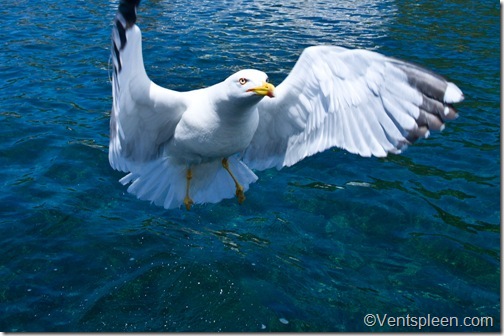
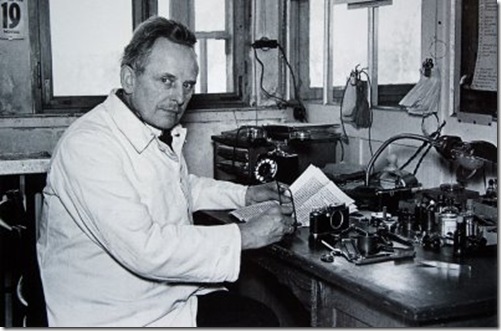
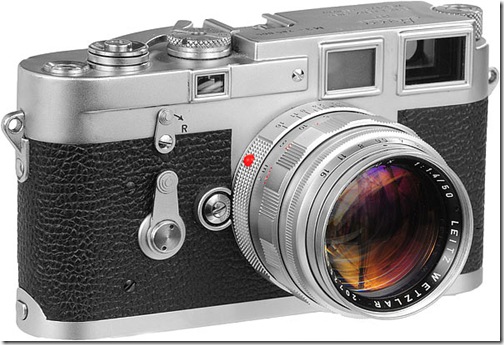
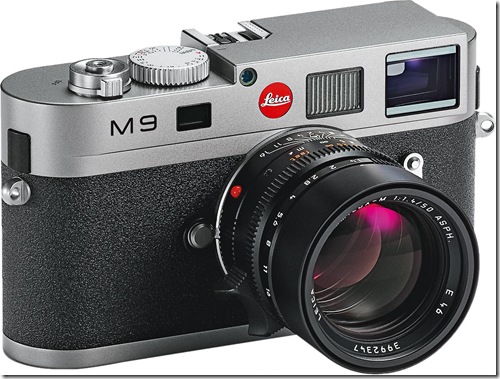
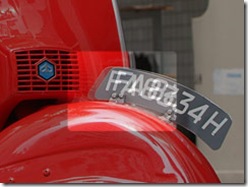
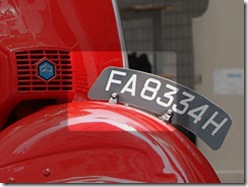
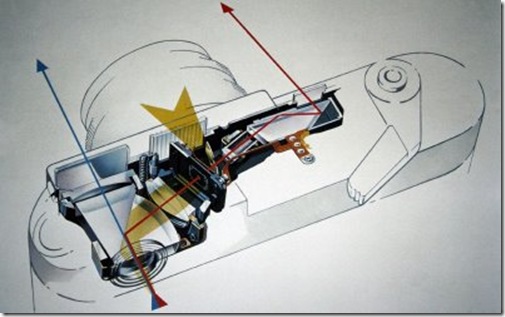
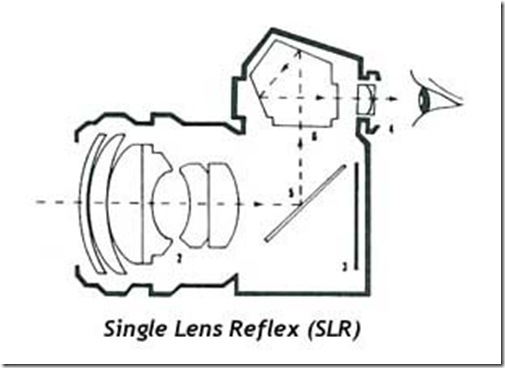
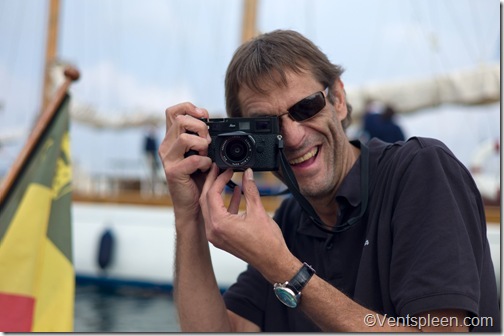
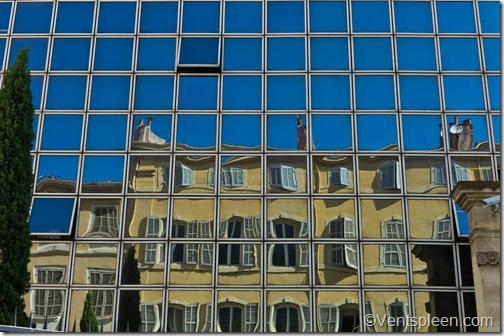
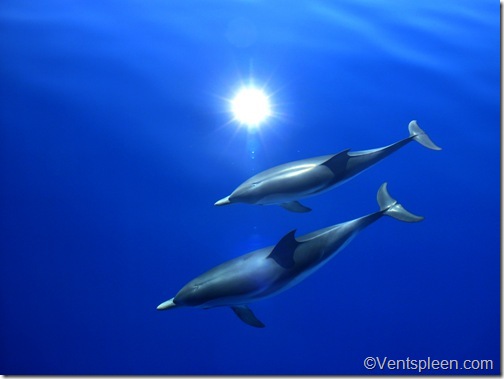
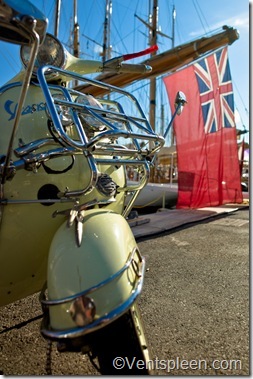
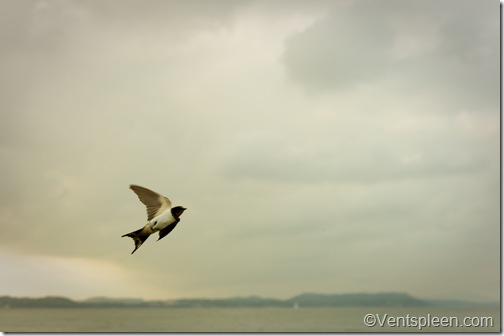
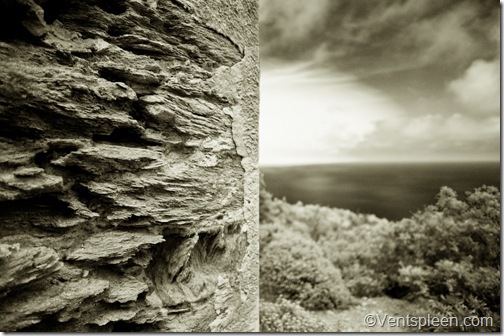
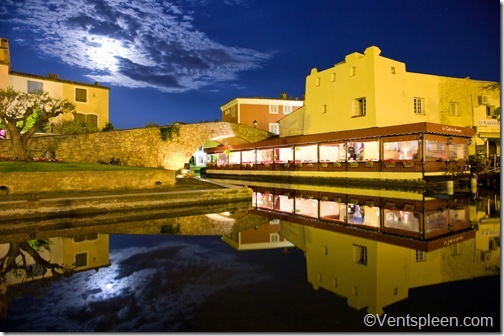
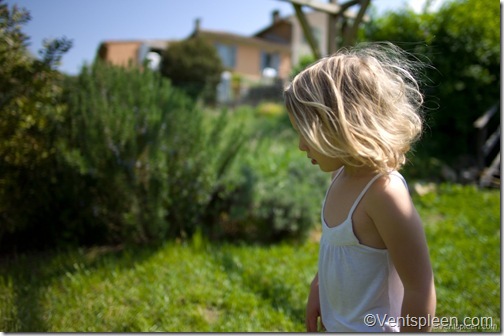
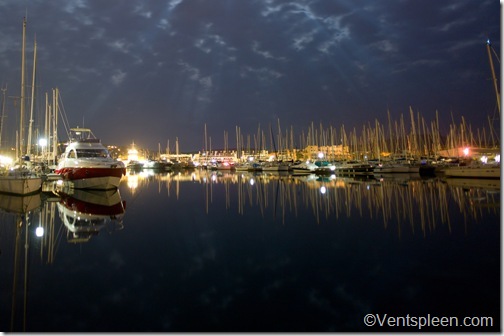
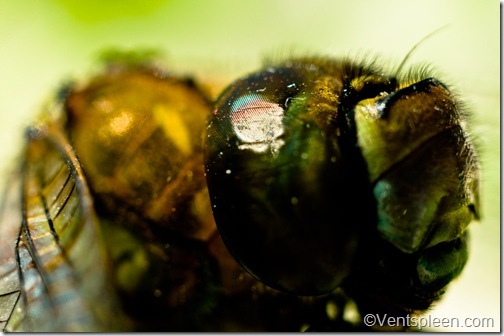
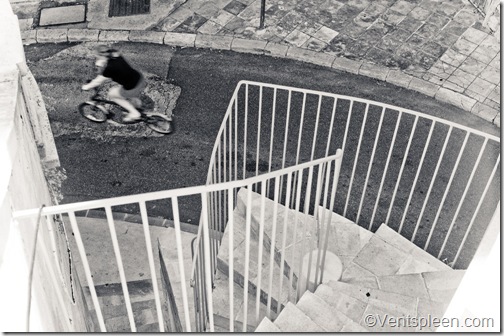
Nice write up! Even though I won’t be able to afford it as of now and am still an amateur at photography I enjoyed reading your experiences and justifications.
Thanks…